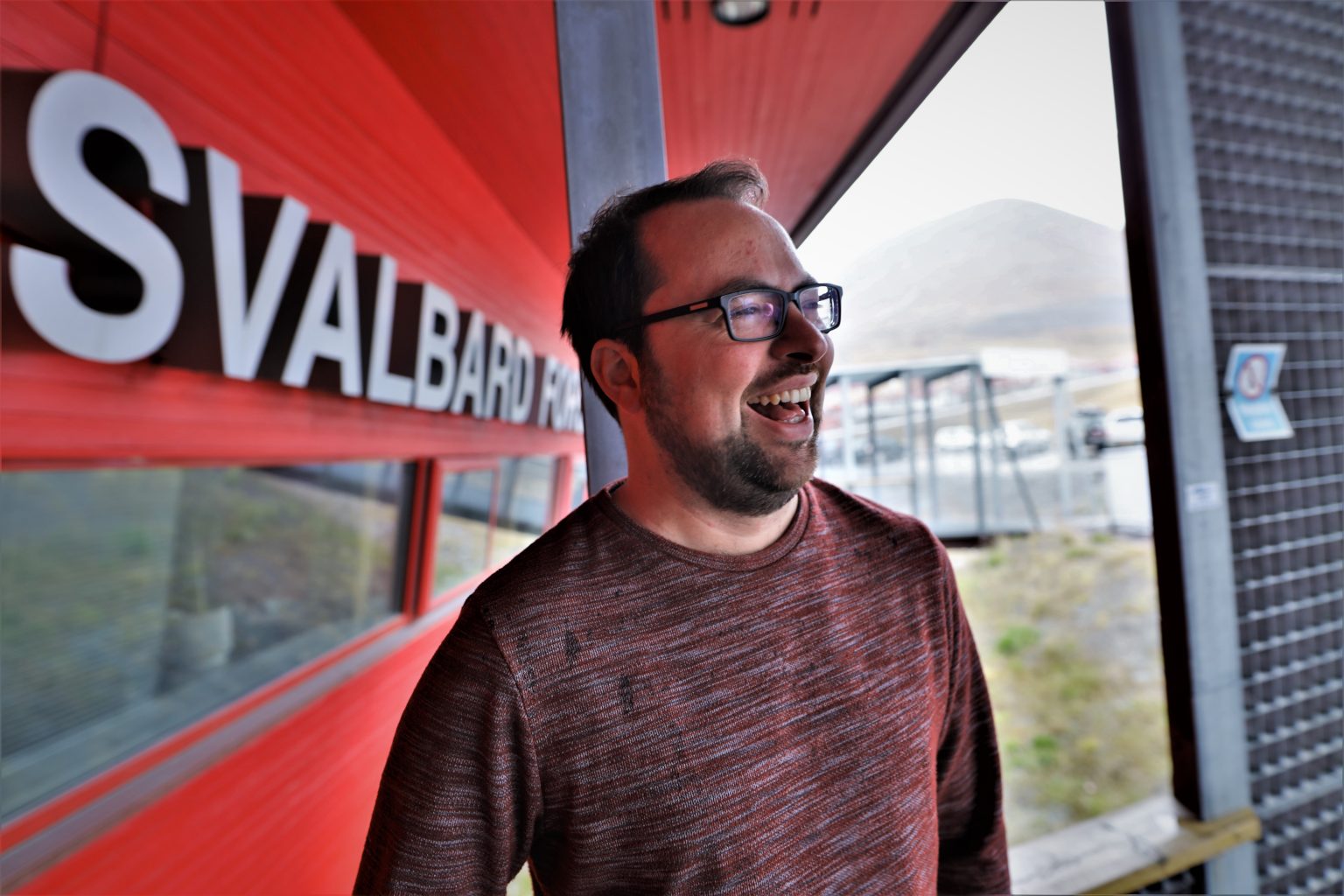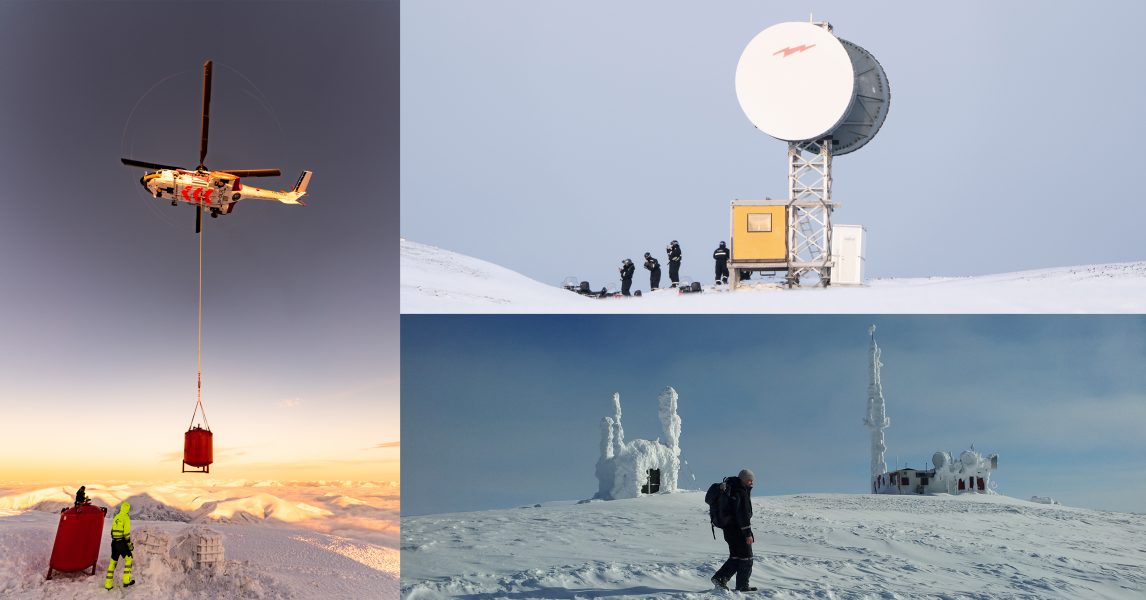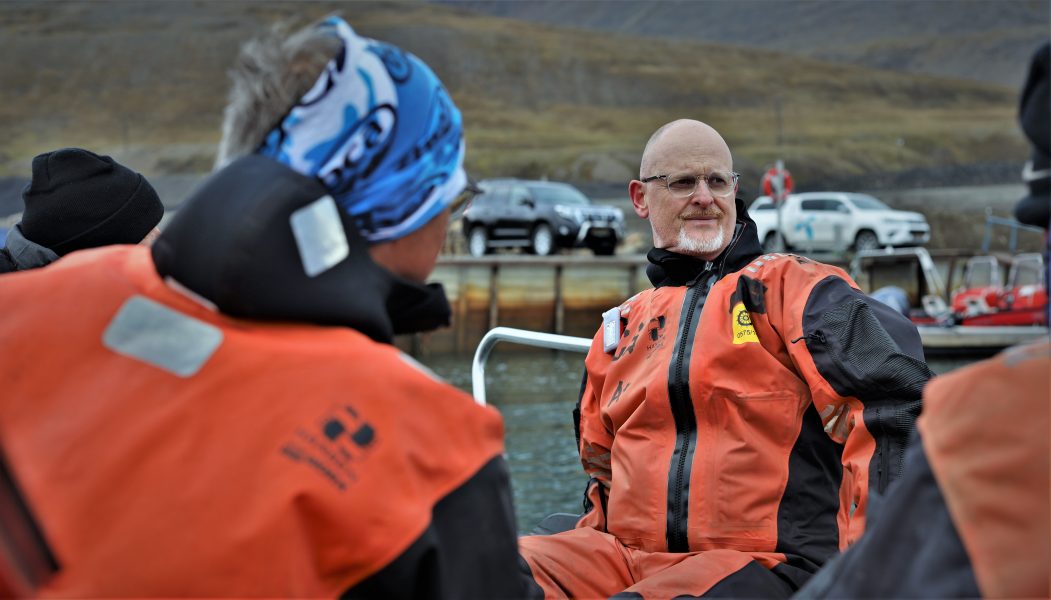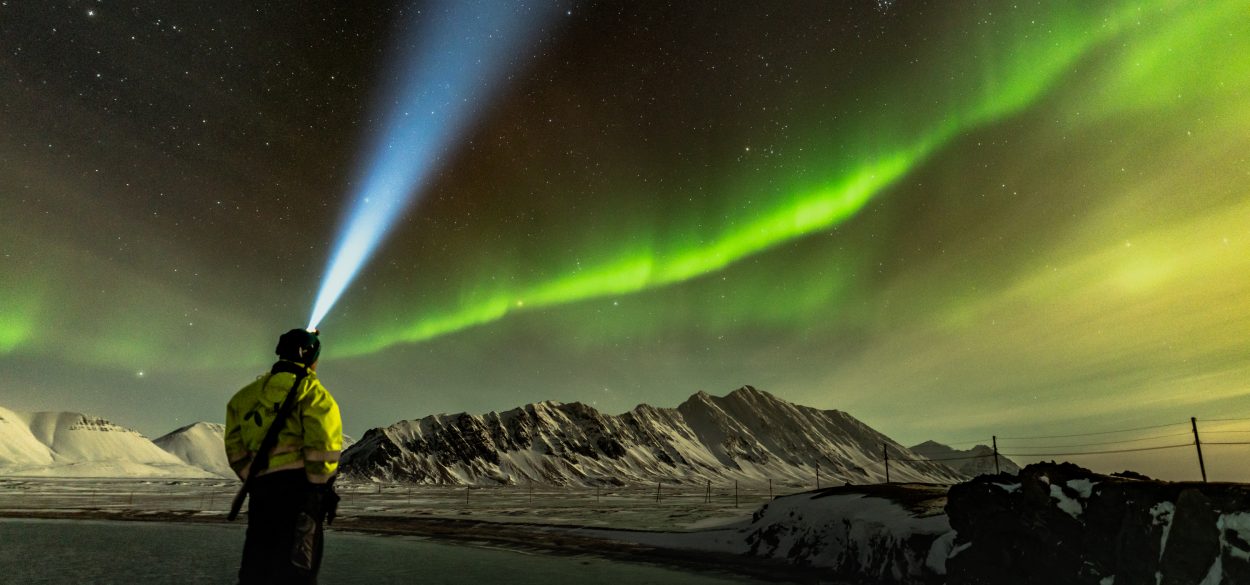On the outskirts of civilisation: Providing connectivity in extreme arctic conditions
Include
Enabling participation for all
Include means that Telenor is committed to equality, by enabling connectivity for all and driving greater societal inclusion through it.
More than 600 kilometres north of the Norwegian mainland, inhabitants of the remote Svalbard archipelago find themselves surrounded by rough weather, wild arctic terrain, and one of the world’s fastest mobile networks.
“Occasionally, I look at the map and think ‘Wow, I’m in a remarkably isolated spot on this planet right now,” says Richard Hann.
The German-Hungarian researcher often forgets his whereabouts in terms of distance. However, now and then, the realities sink in: “especially when I’m out conducting field studies on glaciers in the Svalbard wilderness. The vast landscape, untouched by humans, is a spectacular sight.”
It’s also a stark reminder that life on the archipelago is far from ordinary. With more polar bears than human inhabitants and bitter polar winds sweeping relentlessly over the rock-covered islands, life on Svalbard would be best described as on-the-edge.
“It’s definitely an extreme lifestyle. Given our position on the map, we very much depend on basic infrastructures and necessities such as connectivity. In fact, it’s crucial for the survival of our community.”

In 2011, Telenor celebrated 100 years of operations on Svalbard and in the Arctic
The world’s northernmost telco
The majority of the 2,500 Svalbard residents live in Longyearbyen; the administrative hub and the location for Telenor Svalbard’s head office.
“Operating in Svalbard is all about three things: improvising, adapting, and overcoming. Although we ‘only’ serve 2,500 to 3000 people, depending on the season, we also serve the administration of Svalbard, the emergency preparedness teams, coastal radio for the commercial fleet, the tourism industry, UNIS, and other research and science institutions on the islands,” says Christian Skottun, CEO of Telenor Svalbard.
Skottun describes the world’s northernmost telecom operator as the ‘incarnation of Telenor’s always explore behaviour’.
“Due to shifting weather, extreme temperatures, and strong winds, we have to plan every operation carefully and be able to adapt to the situation on the spot. In fact, flexibility is part of our DNA. Especially during winter, when accessibility to the sites is particularly challenging, we depend on a flexible mindset and a broad spectrum of skills from our employees. Both arctic field competence and multi-telecom skills are required. We are not many up here, but we are tough.”

Remote but hyper-connected
Despite living far north of the Arctic Circle, ‘Svalbardians’ enjoys one of the fastest mobile networks to date.
“Svalbard is connected to the Norwegian mainland through oversea fibres. Every building in Longyearbyen has fibre connection and now the town’s inhabitants can even enjoy 5G,” says Skottun.
The provision of next-generation wireless technology on the barely inhabited island was probably something few considered likely a couple of decades ago.
“Until relatively recently, Svalbard only consisted of an isolated mining community. Now it has become a booming tourist destination, with a more acute need for connectivity than ever. Usually, when a pandemic isn’t sweeping the planet, people from all over the world come here to experience the extremities of the Arctic. Good connectivity creates both opportunities and contributes to safety. Since the tourist industry is vital to our livelihood, connection is among the things that matter most to our little society.”

Last year, Telenor launched the world’s northernmost 5G pilot on Svalbard
A future of opportunities
Few people in the world experience the consequences of a changing climate closer to home than Svalbard’s inhabitants. With fast-rising temperatures and growing risk of more slush avalanches and mudslides, Skottun see Telenor’s role on Svalbard broaden.
“As the head of Telenor Svalbard, I feel very much committed to how we as a telecom operator can contribute to the common good in the process of adapting to and solving issues related to climate change,” he says. “I firmly believe we can become a central research project facilitator, based on how we already successfully cooperate with UNIS in developing and testing out new and greener technologies. Yes, you can consider this an invitation. Let’s see what we can create together.”
Looking into the crystal ball, the CEO has a positive outlook on Svalbard’s future despite uncertain times ahead.
“We strongly believe Svalbard is in for a great future, but it will undoubtedly be affected by continuous changes locally on the islands and changes in our world community. In a way, Svalbard is all about changes, and in every change, an opportunity emerges.”
